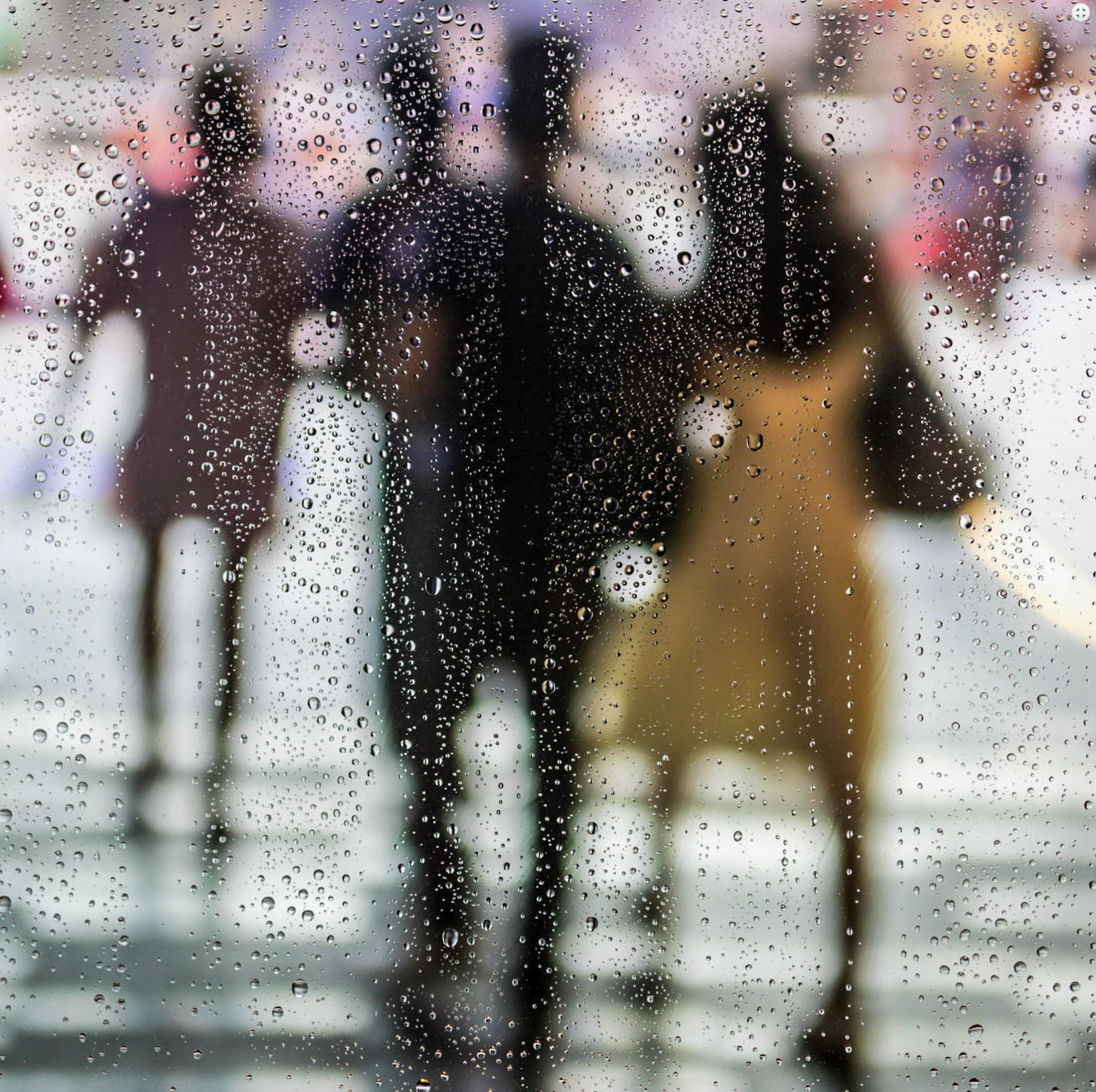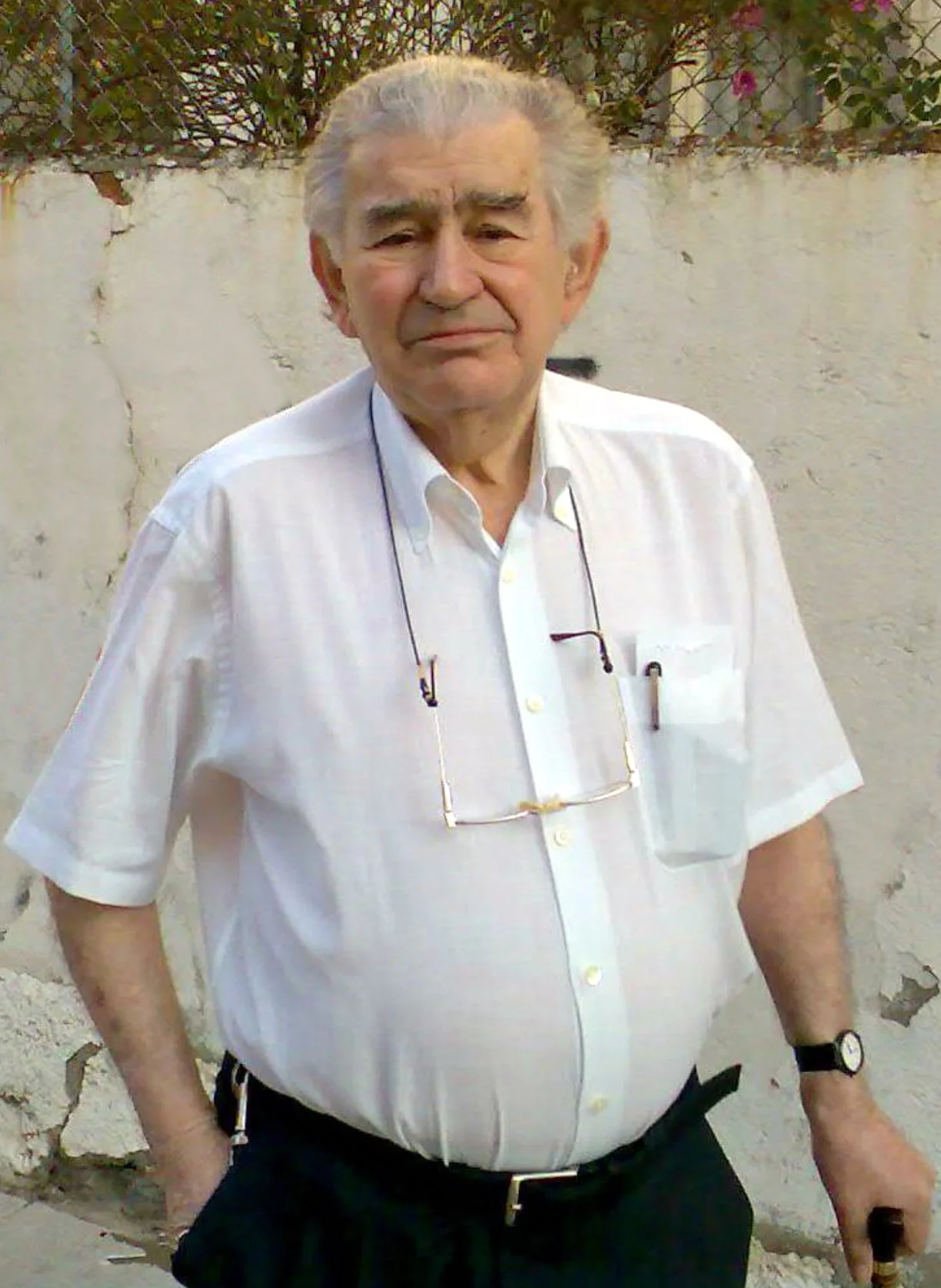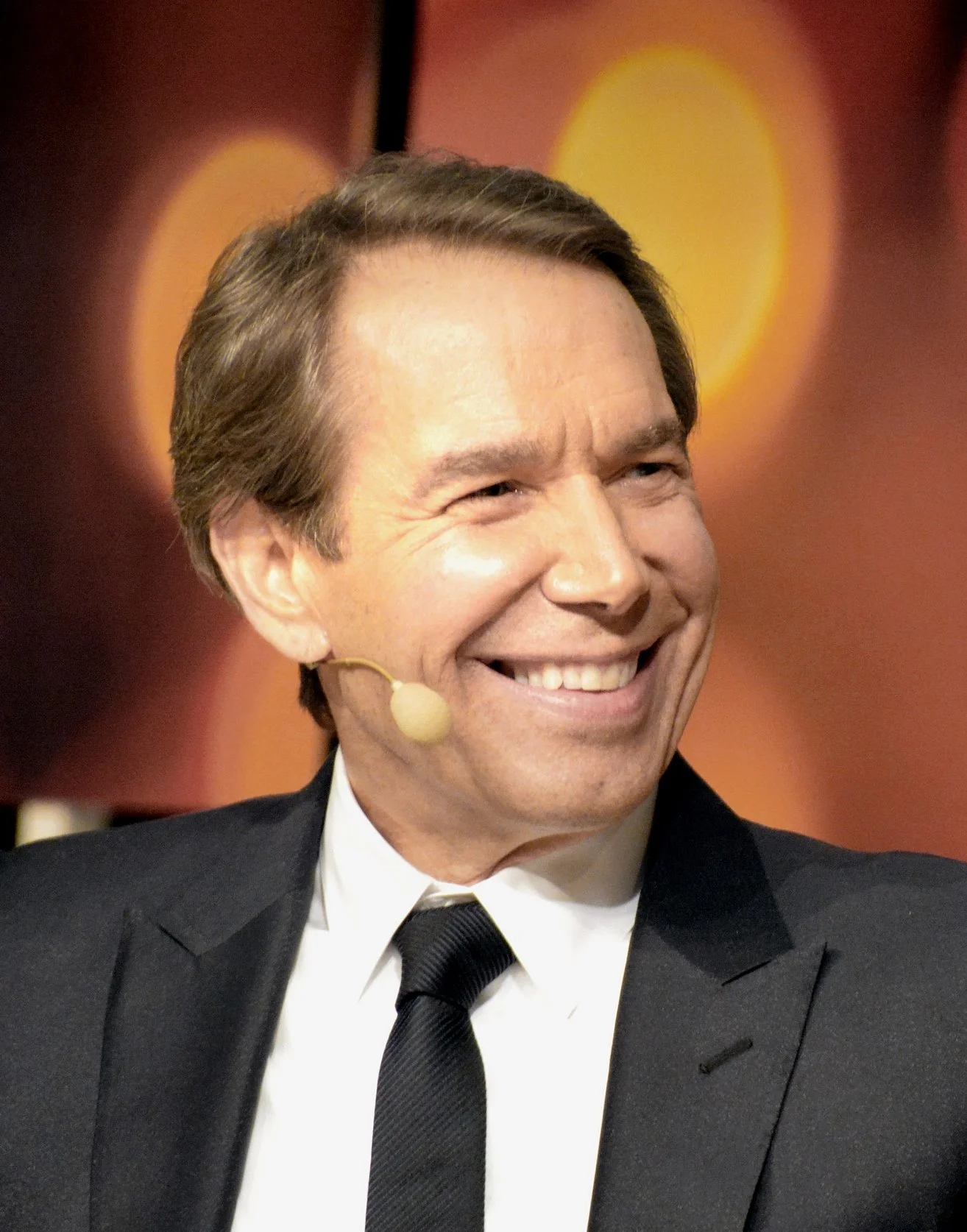
EDITORIAL
On Originality
I recently spent five weeks in Andalusia teaching a summer course and taking students on excursions to places where multiple identities fuse together. The Mesquite in Cordoba, for example, which was (it seems) a Hispano-Roman temple built on top of a Visigoth Basilica. Later, it was turned into a Muslim Mesquite and, finally, a Catholic cathedral. It is one place that has the seeds of centuries of different identities—each building upon the previous.
Sadly, this rebuilding involved invasions and displacement, dehumanization, and slavery. But culture cannot be erased, unless language is removed. The builders reused what was there, and the architects designed the buildings by drawing from others, copying, imitating, mixing, and blending, sometimes drastically contrasting.
What I will say next is obvious, but it is worth saying it. The same happens with every artistic endeavor; there isn’t a genius who creates something unique. Let’s say René Magritte to name someone. He didn’t work in a vacuum but with others like Dalí, Arp, Ernst, Miró, Picabia, and Picasso. They shared ideas and philosophies, spoke, commented on each other’s works, imitated each other, combined what they saw in others, and fought and envied. They didn’t come up with something unique; they shaped their work by being informed by everything and everyone that preceded them and those they met in their time.
Some artists are more creative than others, and some know how to promote their work better, and some are more fortunate and become very well known.
It is also possible that some borrow knowingly from others, but most artists create their work without being fully aware of where their pieces come from. Their creativity allows them to compose something they can call their own, be it sculpture, music, literature, film, photography, painting, etc.
Let’s take Jeff Koons, who graciously illustrates this issue of The Pasticheur, as an example. He clearly departs from other works without hiding them but rather exalting them. He establishes an explicit dialogue with other artists but also employs artists with whom he consults on specific works and helps him build the different pieces.
Antonio Gamoneda, the writer featured in this issue, is a different case in the sense that he has been a very private artist all his life. Drawing from history, philosophy, literature, and nature, he creates a very self-reflecting work through which he implicitly shares others’ lives with the reader.
But what is art if it does not help an audience to reflect on themselves? At the personal level, if I were to be asked ‘Who are you?’ before answering, I would need to walk the length of my mind in such a way I remember every single detail of my past life (readings, paintings, films, sculptures, people, places, languages, teachers, and every conversation). And yet, I would also need to know the life history of everyone I encountered, whether in person or through readings. I would need to have a perfect memory but also be immortal; remembering every detail of my life alone would require me to spend 60 years remembering. But then, this act also shapes me into a different self, and I would need to start again, except that this time, it will take me twice as long, and so on ad infinitum.
We draw knowingly and unknowingly from centuries of collective cultures building upon each other. We are a pastiche of everything we have ever lived, a pastiche that is constantly changing. If we think carefully, we realize we are all Pasticheur(s).
There is no genius, as there isn’t a unique self either, but the way we arrange the pastiches may produce a piece that we may call art.
Jorge R. G. Sagastume, Editor
This Issue’s Contibutors




